The below article is provided to us by Colin Young of the Caravan Council of Australia.
It is most disappointing to continually hear of the same type of Design and Quality problems still being detected by ‘Van Owners‘.
Colin Delves Into the Issues
It can only be hoped that the new requirements – as legislated in the Road Vehicle Standards Act – will help to prevent these defects from continuing… but as is now well-known, not all of these requirements will apply to all caravan manufacturers… especially the smaller manufacturers who are highly disproportionately represented in the number of problems reported.
It seems incredible that all caravan manufacturers are not required to abide by the same stringent obligations, as mandated for motor vehicle manufacturers.
Again, it can only be hoped that Government business auditors – and vehicle inspectors – will concentrate on quickly and properly ensuring that the reasons for the defects occurring in the first place, will be acted on, and that production Inspection Check-Lists will double-check to ensure that the issues have indeed been resolved.
The List
The List of continuing annoying – and often serious – defects that are causing problems for ‘vanners – roughly in the order of their seriousness and their frequency of – are:
1: Ratings & Masses: Biggest caravan problem by far…
Stated Tare Mass being:
Significantly lower than the actual Tare Mass
A meaningless “generic”, “typical”, or “base-model” caravan figure
The mass of the empty caravan when it leaves the Manufacturer – and not when it leaves the Supplier – and not fitted with all items that were listed on the Sales Contract.
2: Ball-Loading:
Dangerously too low; too high; or too variable (due to the two adverse combinations of contents (Empty or Full) of water tanks).
3: Empty Ball-Loading:
Ludicrous “calculation” of “Empty Ball-Loading equals ATM Rating minus GTM Rating”… or vice-versa.
How can a measured Actual Mass (at the Empty condition) possibly relate to two fixed allocated Ratings (applicable only to the Fully-Loaded condition)???
4: Trailer Plate:
Incorrect information
Incorrect Masses… Tare Mass & Empty Ball-Loading appreciably under-stated
Incomplete information
Information illegible. Information should be professionally etched or stamped.
5: Electrical System & Gas System Installations:
Questionable Compliance with Australian Standards [AS/NZ 3000 & AS/NZ 3001 & AS 5601:2]
Poor workmanship… untidy wiring / hose / tubing layout and connections
Inadequate protection and securing… especially on “off-road” caravans.
6: Tyre Selection & Pressures:
Poor selection of tyre size, occasionally (dangerously) under-engineered, but all too often, grossly over-engineered – with load Ratings (capacities) far too high for the actual Loadings on the tyres
Recommended inflation pressures completely unsuitable for the tyre Loadings
Often the “recommended inflation pressure” is simply the “maximum permitted pressure” that is embossed on the tyre sidewall (in relation to the Load Rating)
Grossly-unsuitable pressures cause the ‘van to significantly sway and wallow – or skip and bounce – leading to dangerous handling and stability problems on the road… and possible uncontrollable jack-knifing and over-turning
7: Tyre Placard:
Incomplete information… especially wheel & tyre specifications, where the complete size description is not provided
Wheel Specification must include: Diameter; Width; Profile
Tyre Specification must include: Width; Section %; Diameter; Type (P / C / LT) Information illegible: It should be professionally etched or stamped
8: Lamps not wired correctly:
Worst situation… left and right turn-signal lamps reversed
Poor connections and exposed wires
9: Non-Load-Sharing Suspensions (Tandem-Axle ‘Vans):
Apparent non-compliance of the mandatory “120% Safety Factor”… based on the ratio between the stated Axle-Group Rating and the stated GTM Rating
10: Poor Workmanship:
Uneven gaps around panels and appliances
Fasteners too long, not properly tightened, and not neatly aligned
Latches and hinges not accurately positioned
Squeaks and noticeable floor flexing when walking inside the ‘van
Water leaks from hose fittings
Defects
Defects that become apparent only after the ‘van has had a number of trips on different roads, and during different climatic – wet and dusty – conditions:
11: Water Leaks:
Severe water leaks, that cause structural damage, from roof and wall joints, or around roof-mounted equipment, where the sealant has not been properly applied, or where continual vibrations have caused the sealing to fail
12: Dust Leaks:
Ineffective seals around doors and windows that permit dust to enter the ‘van
13: Wheels & Tyres:
Excessive and uneven tyre wear
Often caused by improper (if any) wheel alignment
Often caused by wheels / tyres not being balanced
We can only hope that the horrible coronavirus pandemic and resulting lock-downs will not hamper the Manufacturers’ efforts to improve the quality of their ‘vans, while having to cope with critical production issues, such as severe shortages of necessary components and trained assembly personnel.
Original article provided courtesy of
Colin G Young
Member IEAust & SAECCA
(Honorary Manager & Professional Automotive Engineer)
www.caravancouncil.com.au
The CAA is a completely independent, non-profit, non-commercial body. They provide free no-obligation compliance and technical advice. This is to all manufacturers, importers, dealers, mechanics, owners, and potential buyers of recreational vehicles.


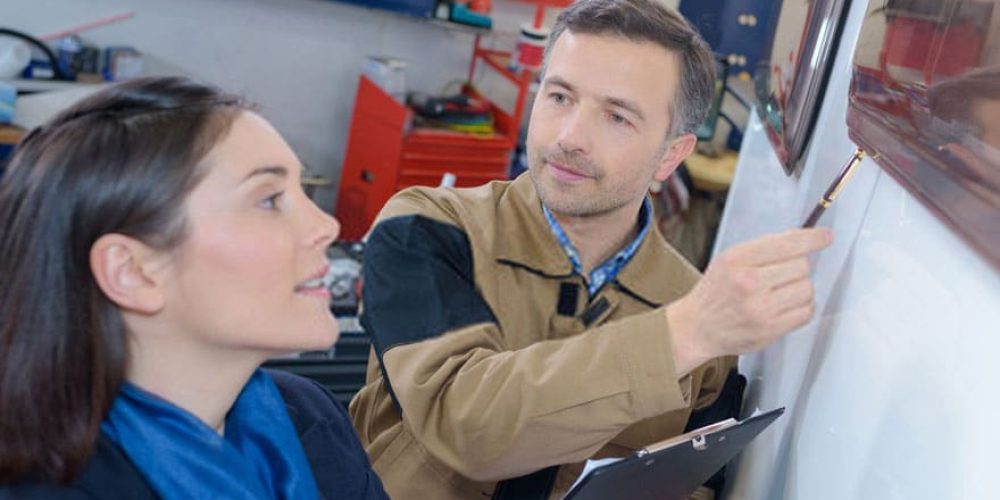
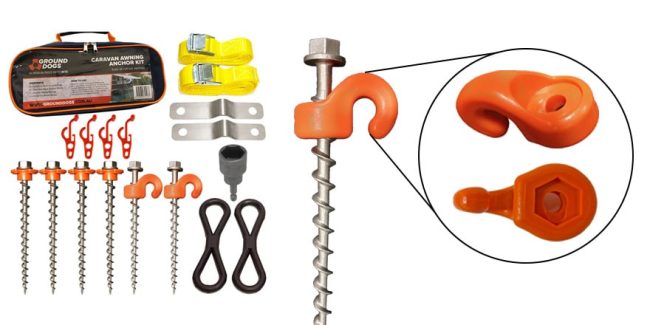



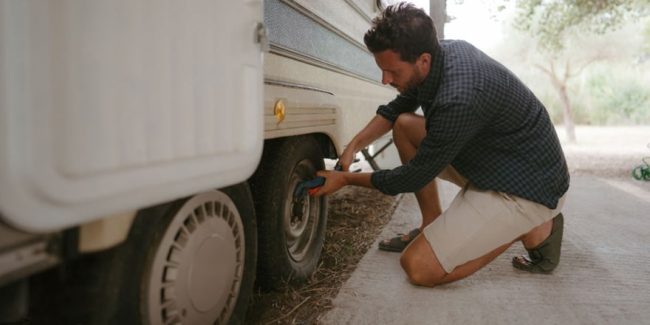


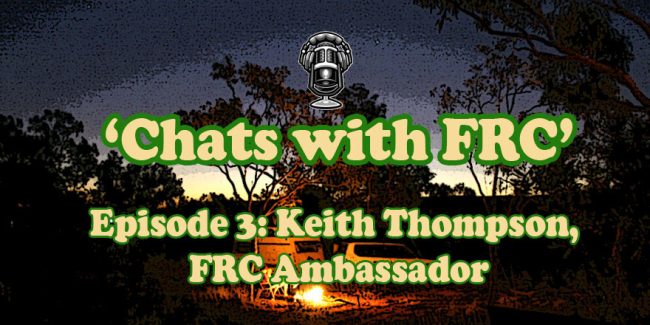
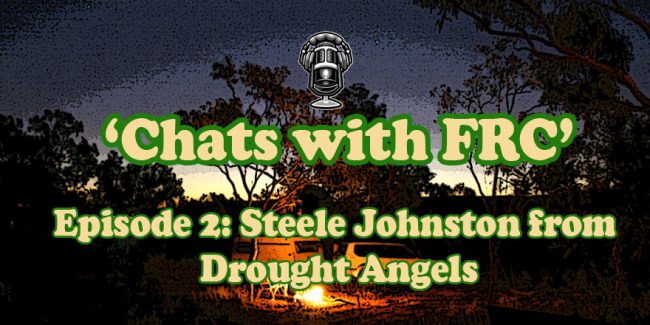

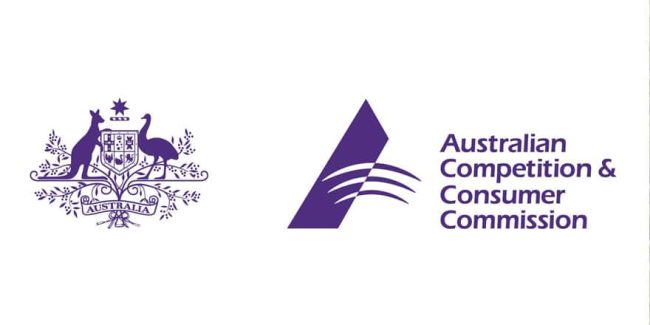

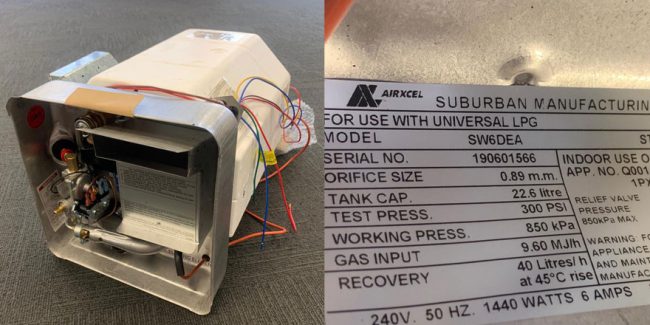

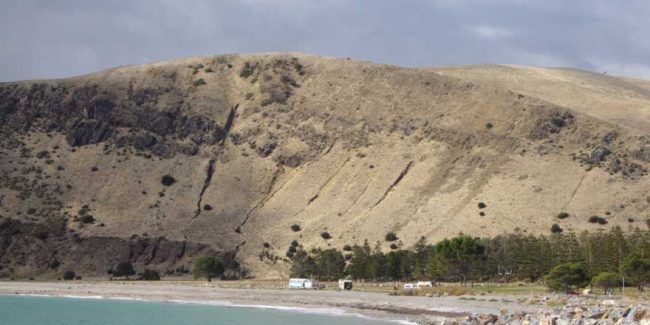
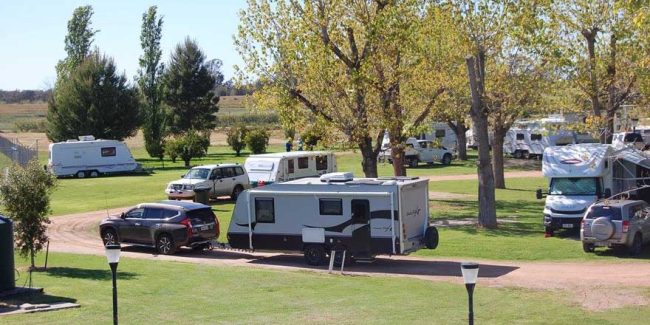
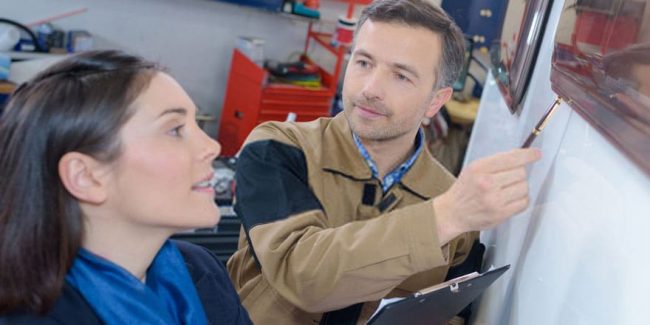

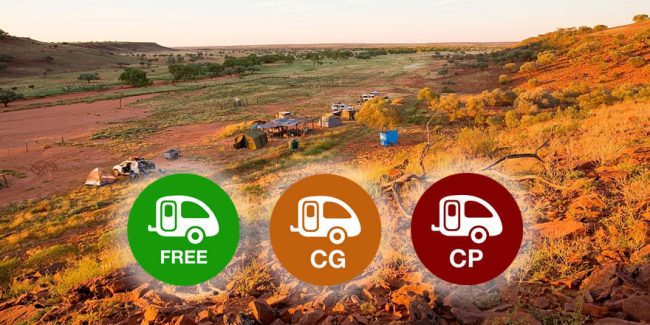
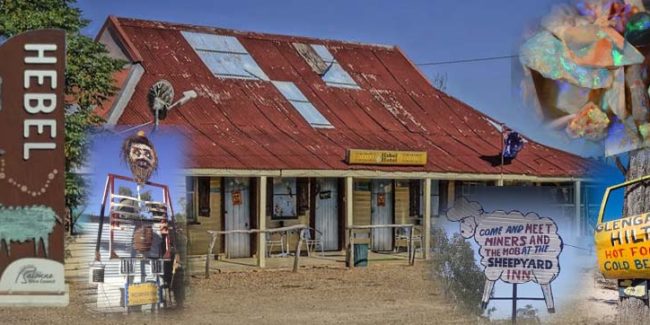
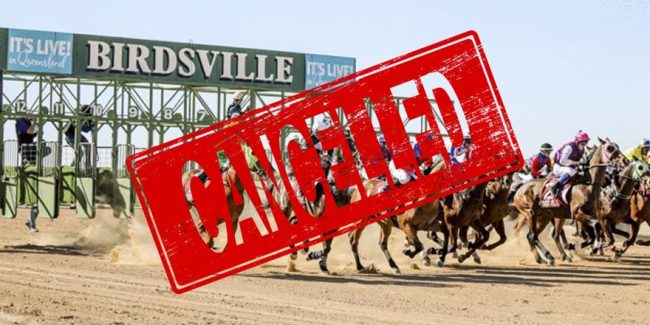
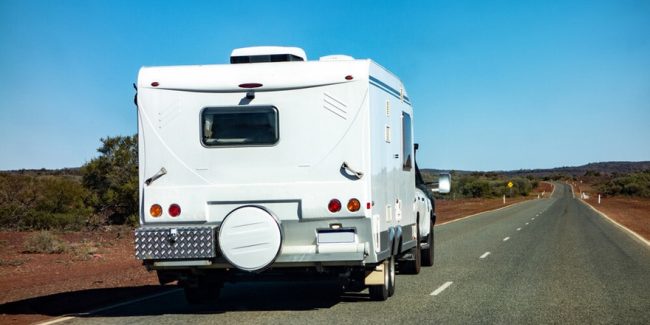
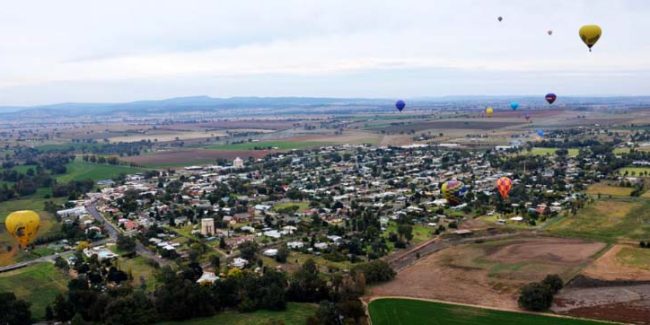
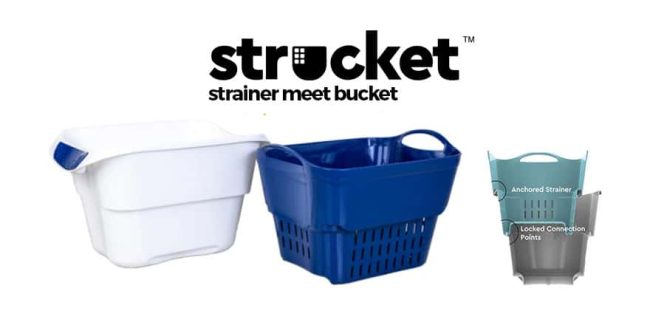
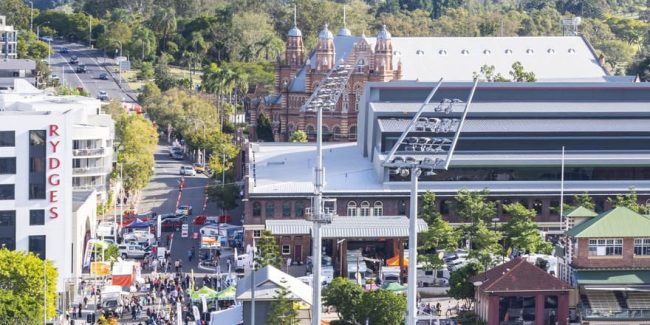
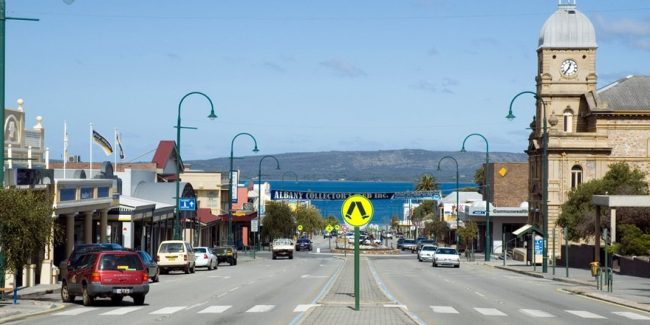
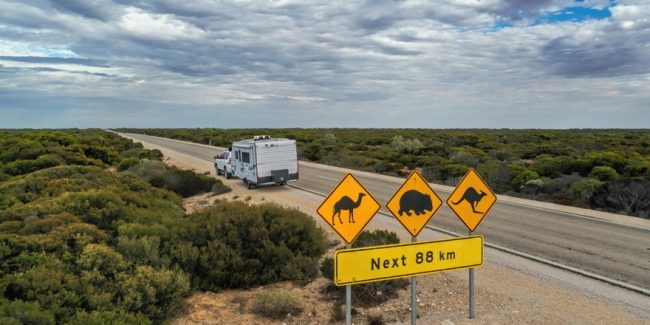
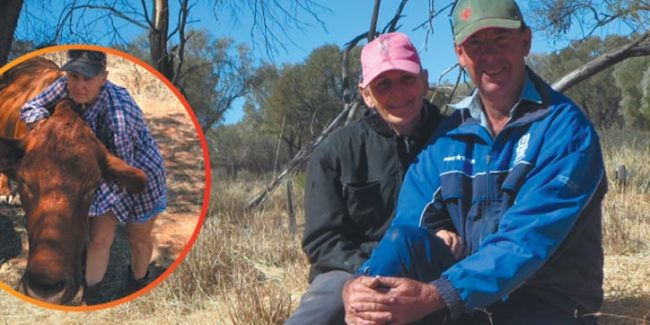
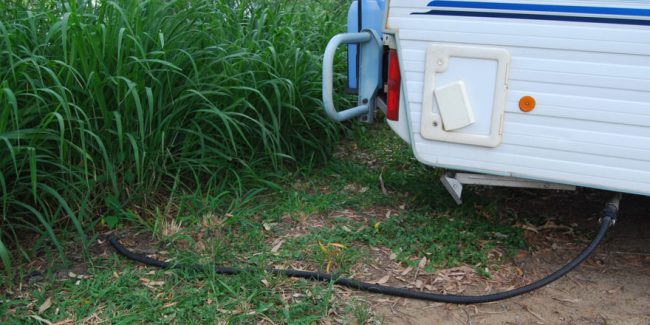
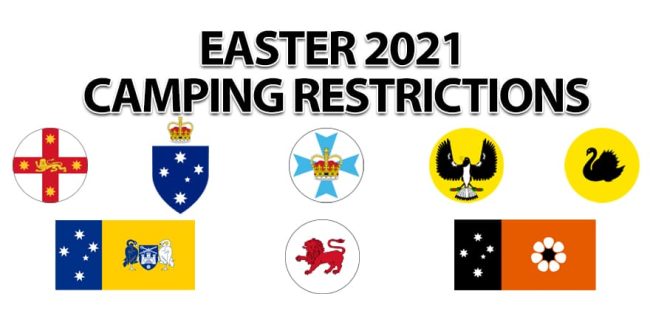
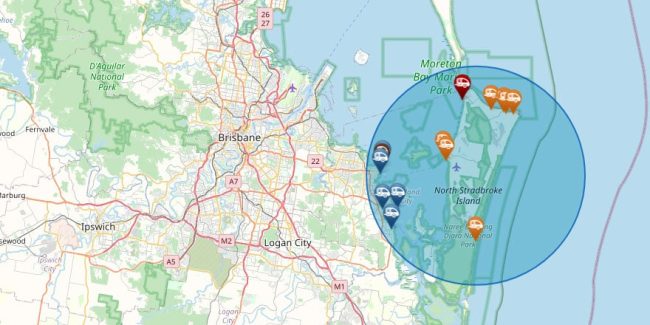
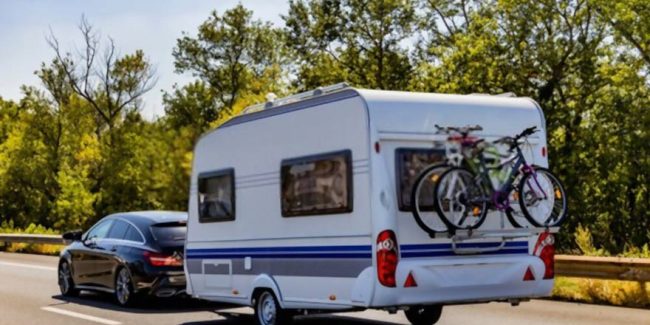
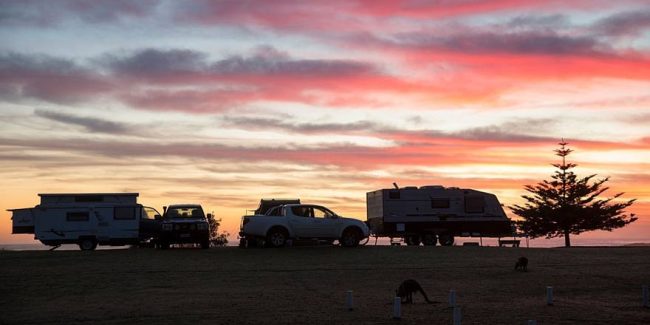
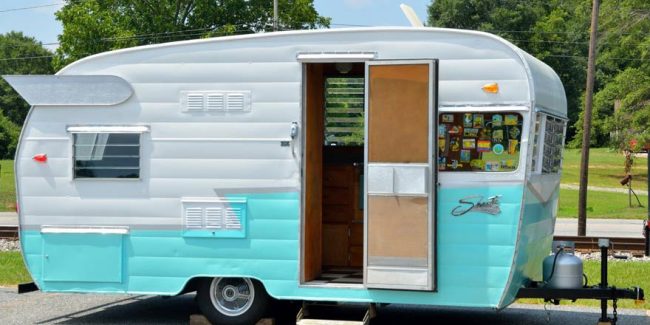
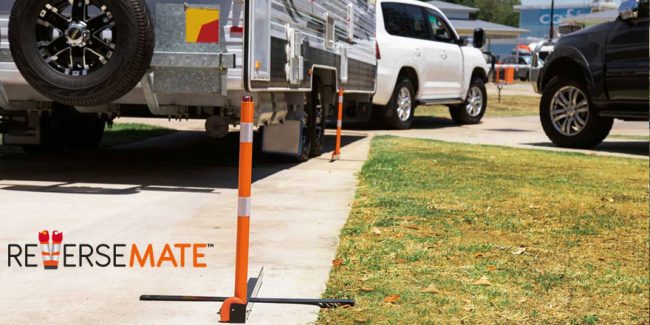
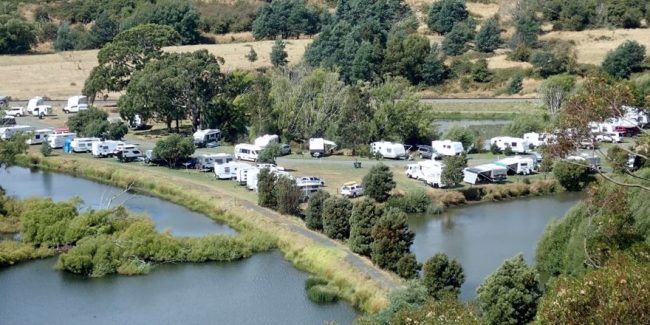
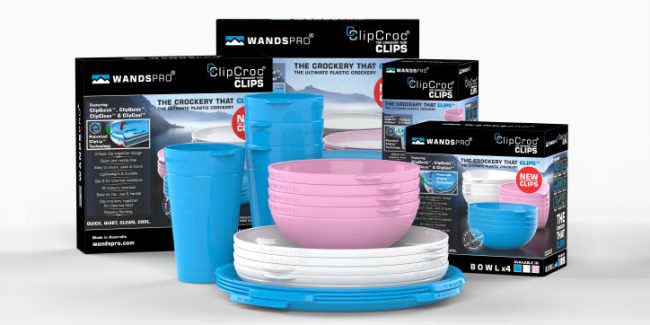
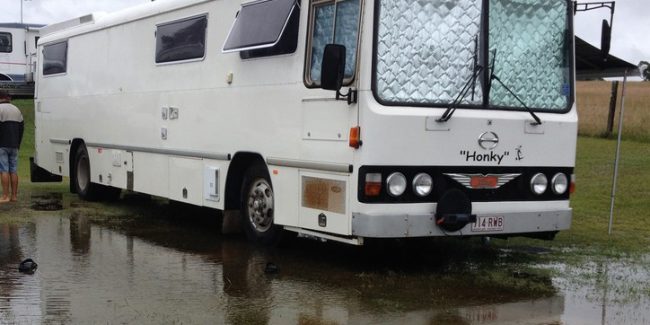


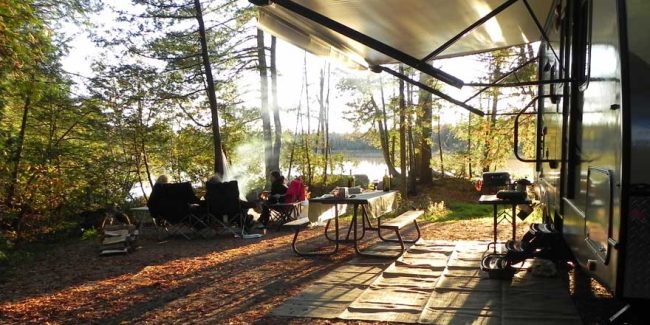

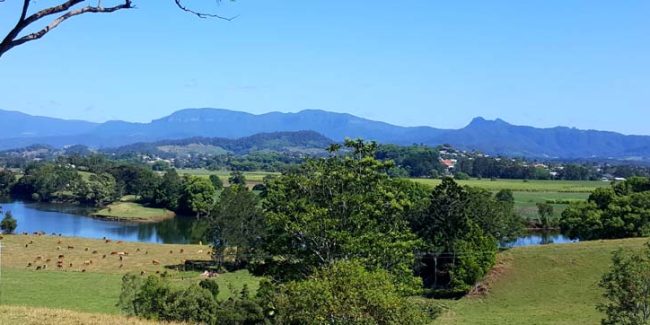
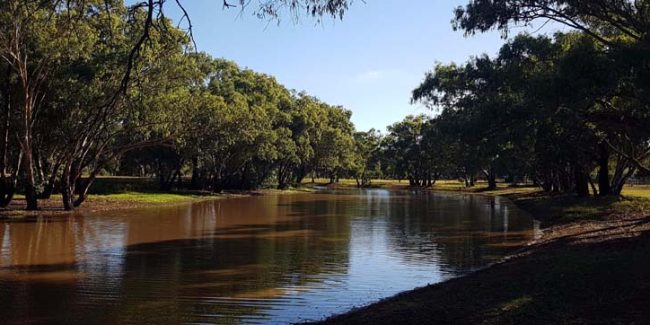



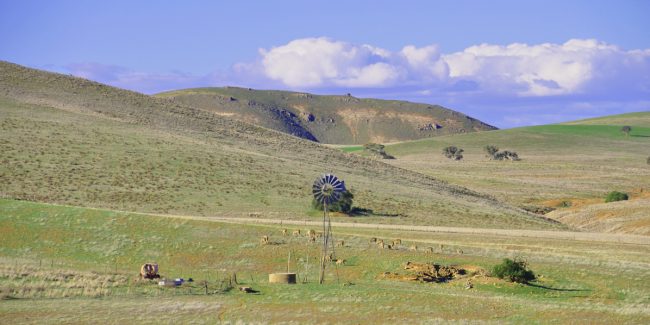
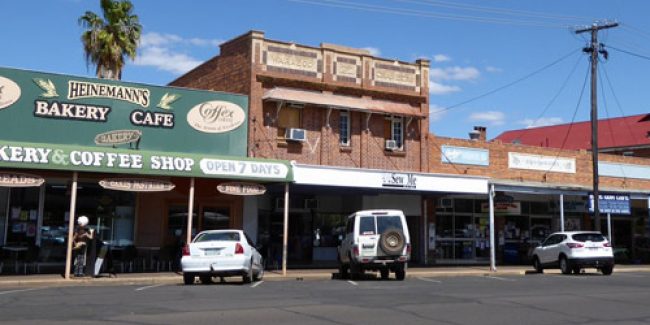
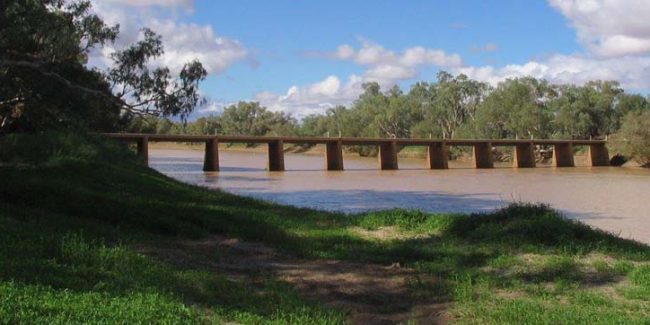
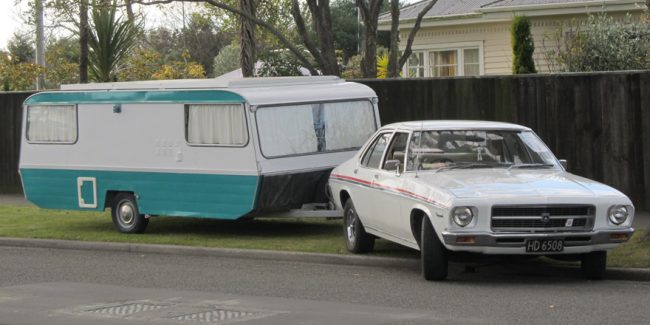
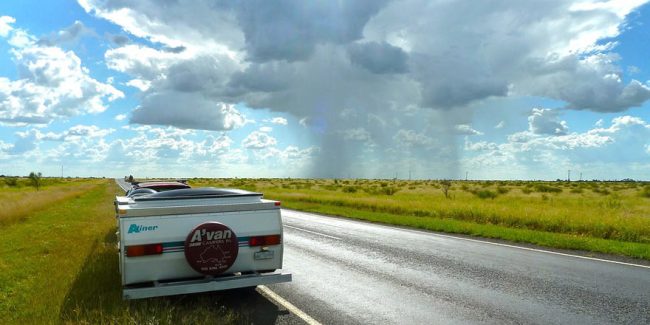
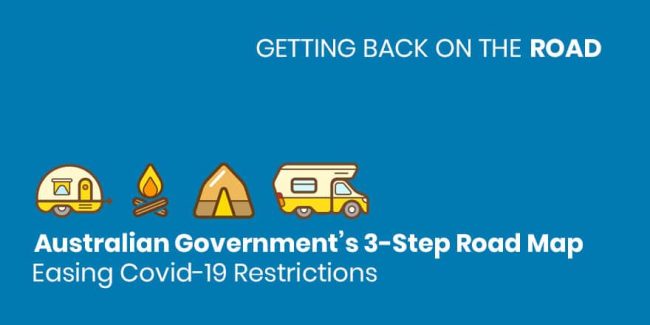

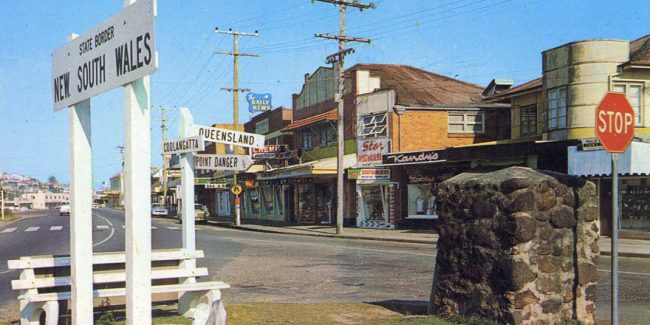


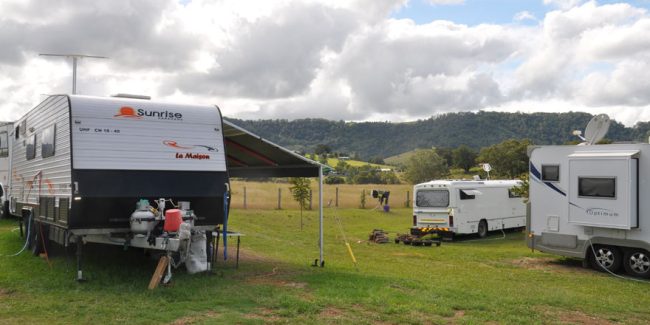
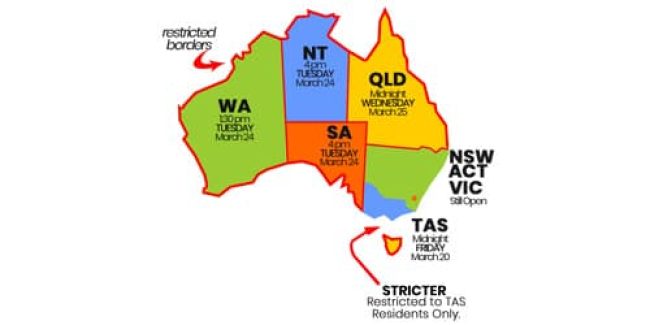

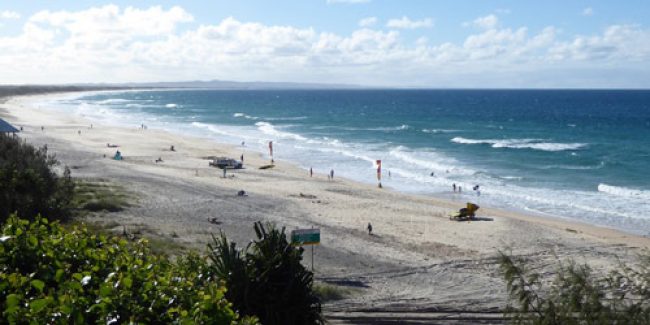

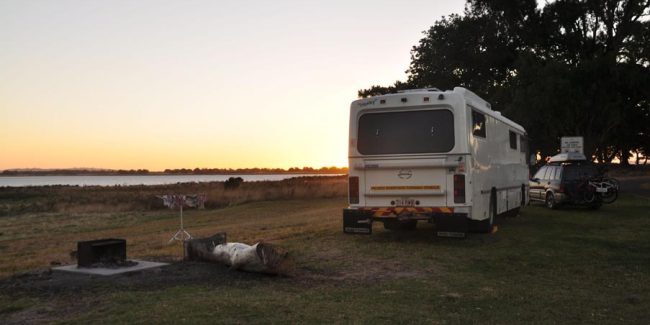
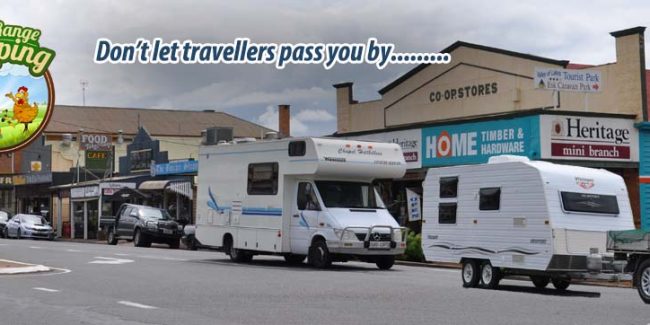
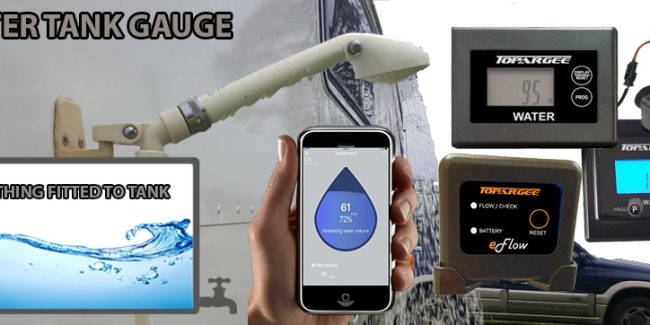
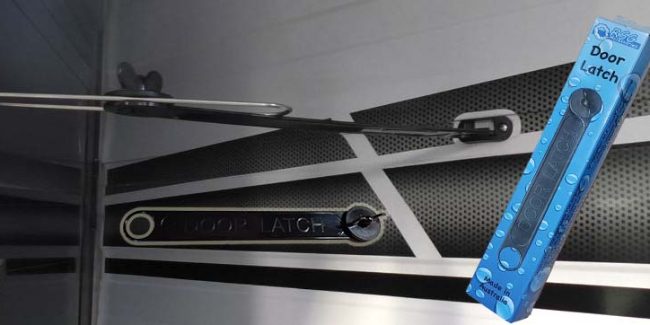
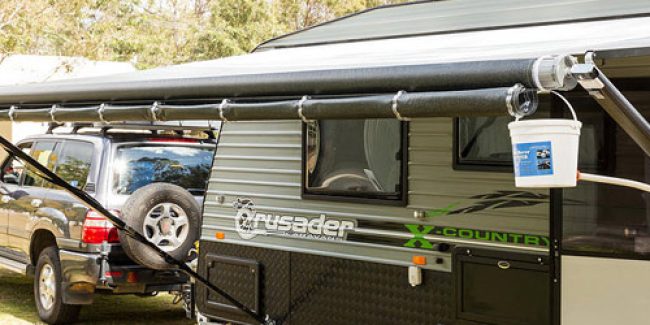
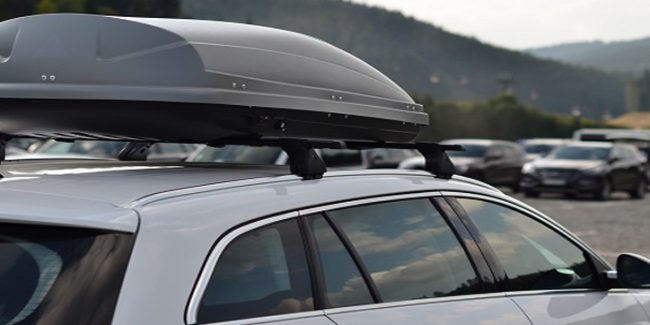
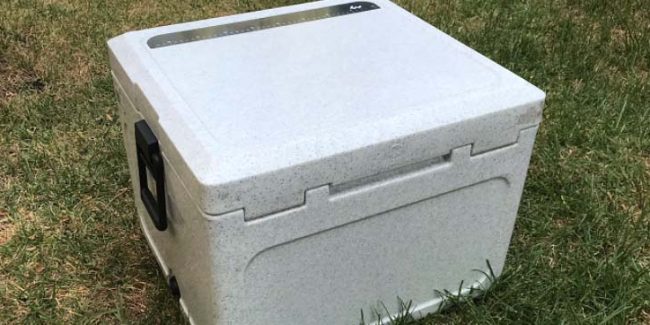
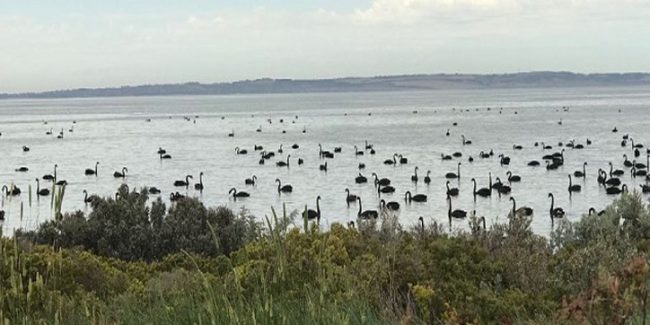
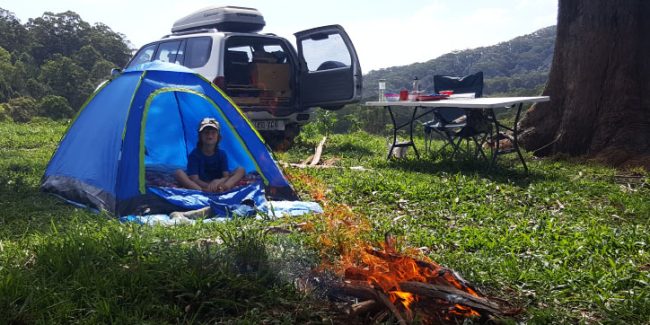

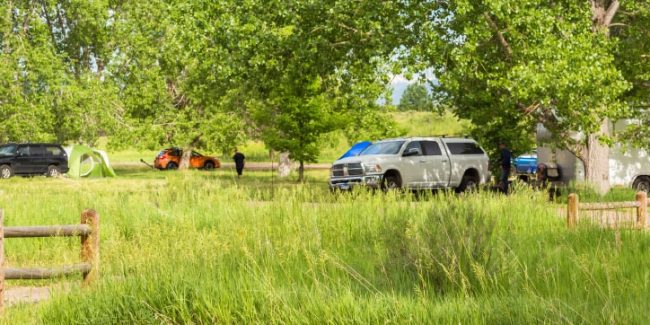
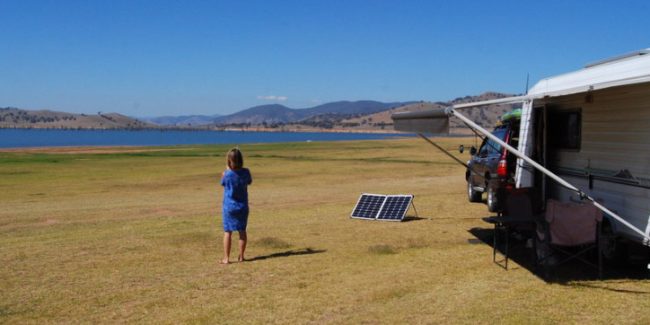
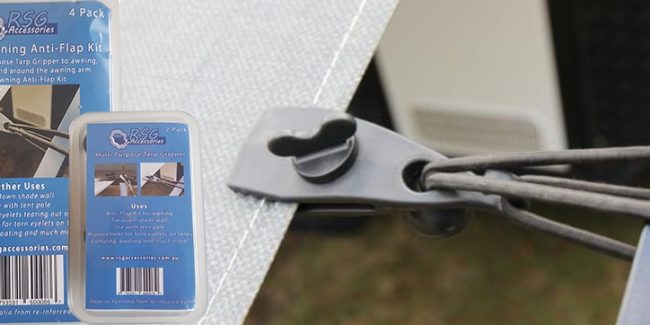
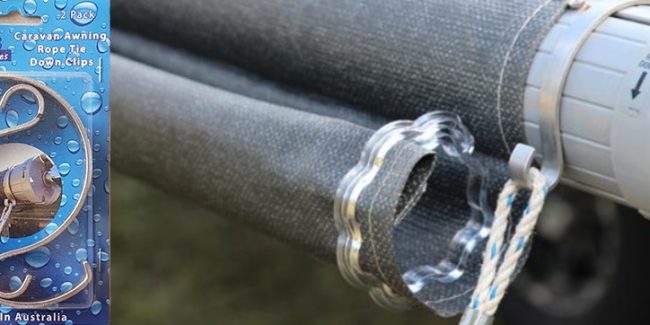

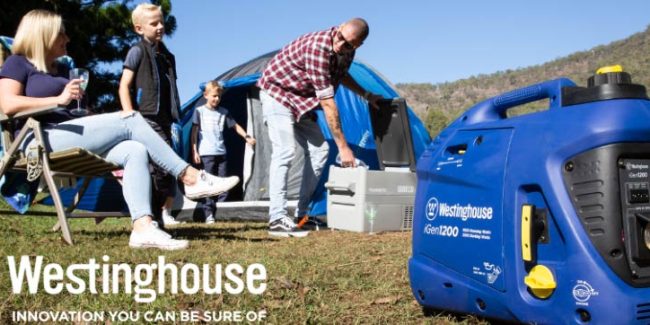
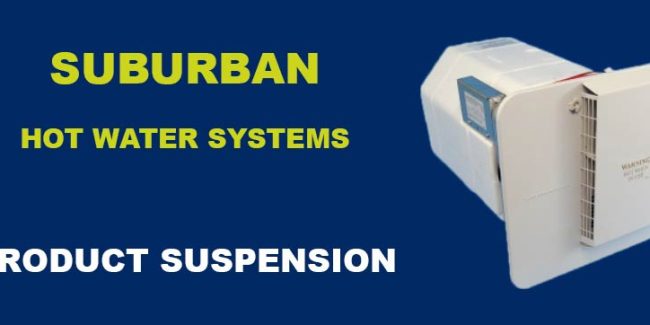
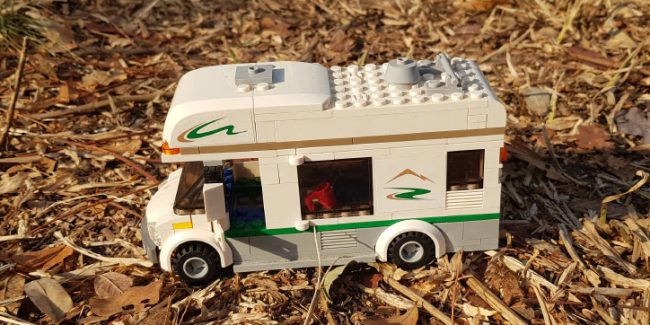
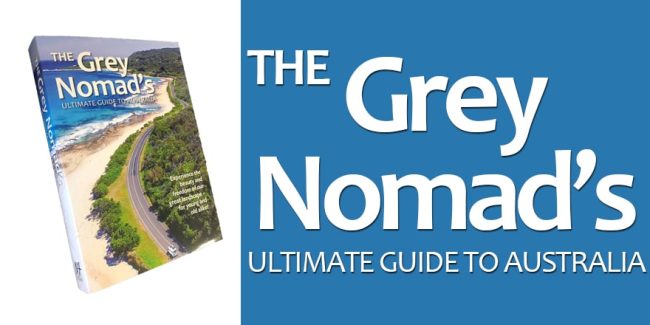

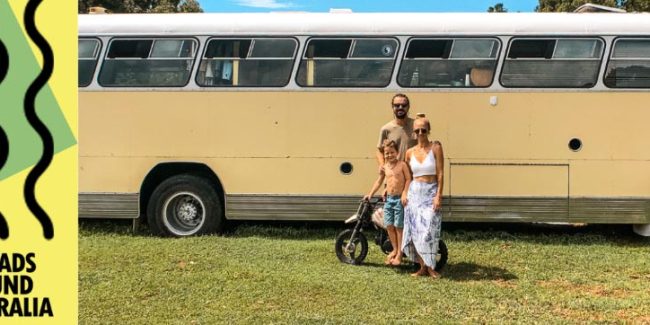
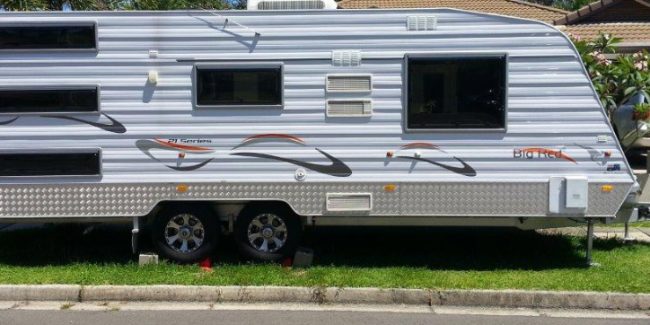

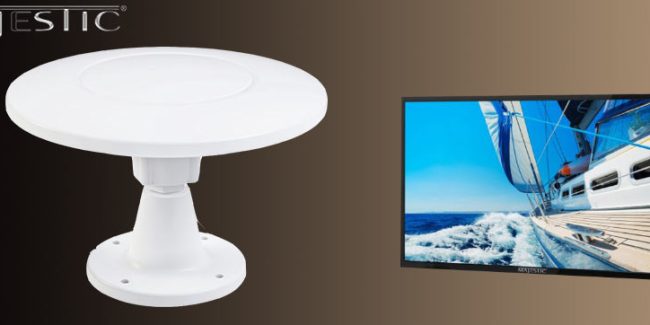
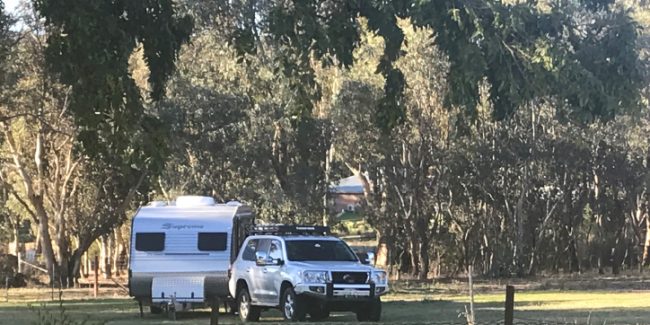
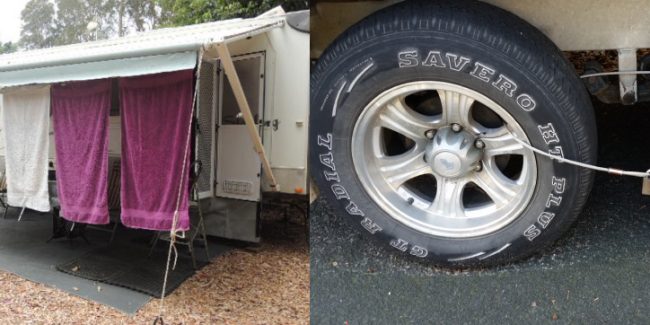
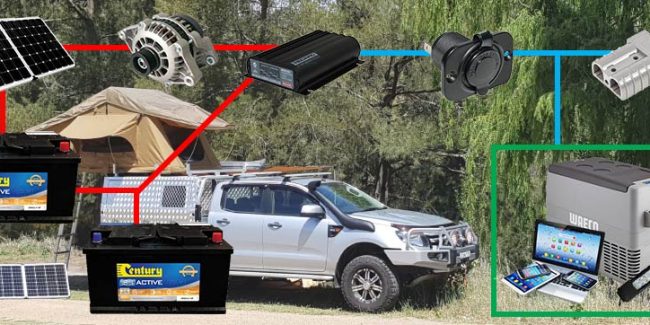
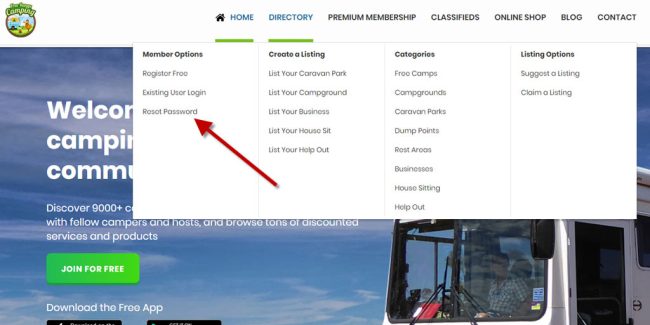
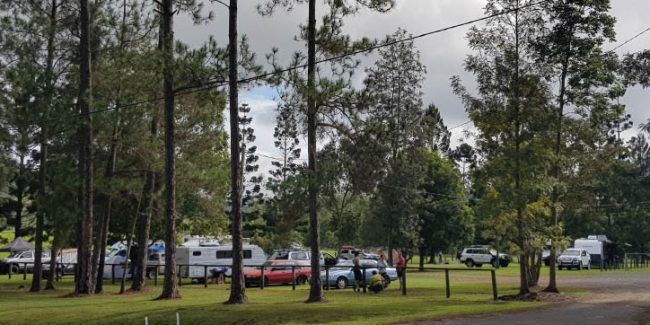
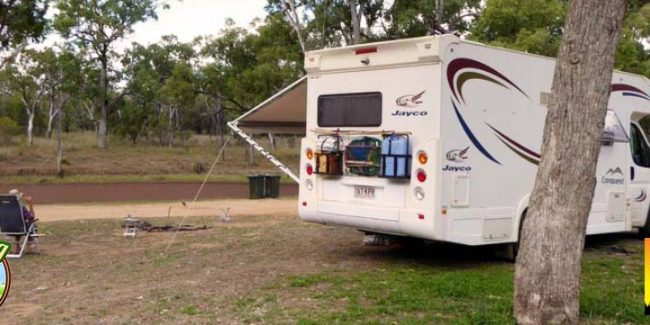
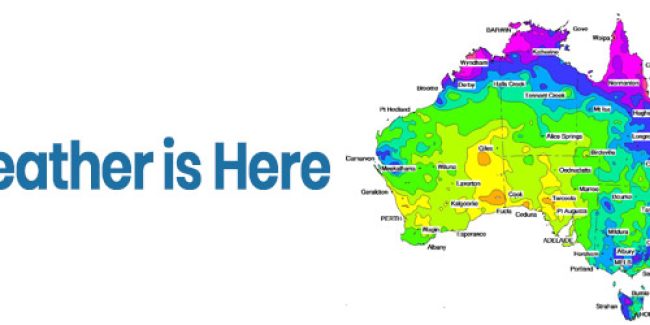


Comments 0